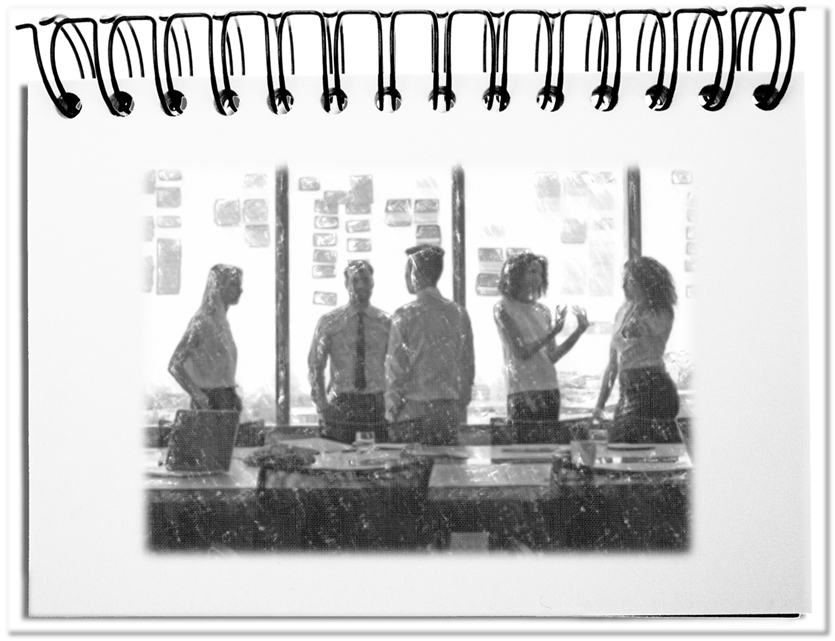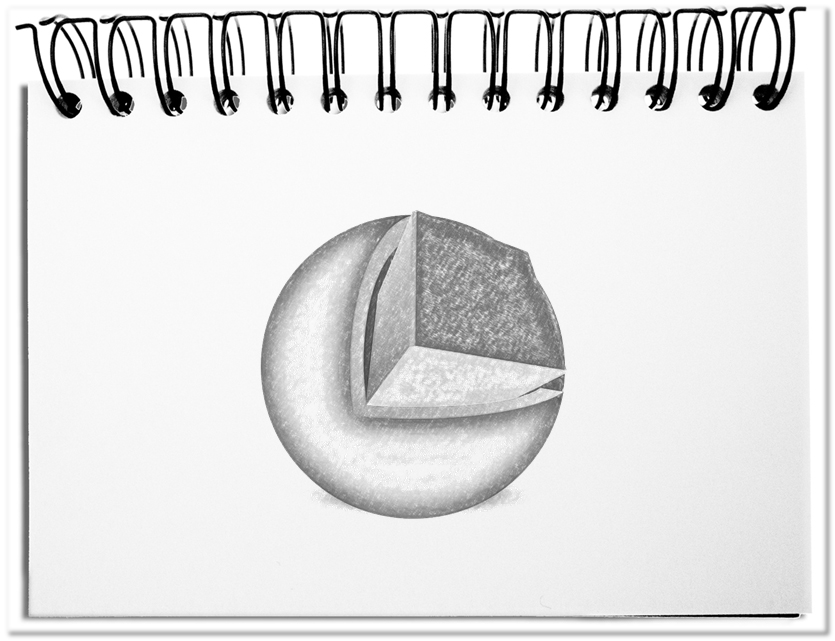The roles within the scope of agility are Product owner, Scrum master and Development team. The team is not further described, but it often consists of roles like analysts, developers, testers and users, who work closely together. The effectiveness of the team comes from the fact that it consists of less than 7plusminus2 members. The special characteristics of those players are usually not further clarified. And this, although those agile players do the real work and have to be people with special qualities.
Besides the professional expertise and skills, the employees need additional capabilities. Agility gets its advantages from the concentration of the resources to the essentials, the ability to act flexibly, to orientate oneself towards the customer and the results as well as, above all, to decide self-determined. In order to affect, the players need special characteristics.
- Comprehension
So that the employees can keep up, they need a fast, intuitive perception. The short cycles of the work packages do not allow lengthy studies. It is about quickly understanding the circumstances and the relationships and to transfer them into solutions. This is not only a matter of technical aspects, but also the cooperation between the involved parties and their personal mood. Comprehension needs trust into the gut feeling. - Anticipation
A sprint is the agile development cycle that takes two to four weeks and creates functioning partial solutions. It requires not only the understanding of the current situation, but also the anticipation of possible future circumstances. The corresponding trend signals can be derived from trend research or from a realistic assessment of the product life cycles. The better you adjust to future difficulties, the faster a measure has an effect. This anticipation becomes possible with the ability to imagine the future subjectively without holding on objective arguments. - Responsiveness
In an agile environment, driven by VUCA (volatility, uncertainty, complexity, ambiguity), the basic conditions change rapidly. So that the employees are able to react to the environmental causes at the right moment, they need the ability to adapt quickly to changing conditions. This requires self-confidence and courage in order to dare in the respective situation to act quickly – without the safety net of formal regulations that remove the responsibility for their actions. - Adaptability
As soon as the circumstances are changing, the existing approaches are becoming obsolete. The insistence on the current approach runs counter to the new conditions. The ability to adapt facilitates the players to let go the previous solutions in favor of new, better-fitting ones. The art is to know when the right moment has come to change the approach. To overcome the current standpoint, it helps to be aware that there are always at least three solutions for a task. - Self propulsion / discipline
To make agility work at all, the players need an inner motive that keeps them moving. Set-up times, dead times and down times are influenced by the individual employees. Central control can not accomplish this. Therefore you need employees who are entrepreneurs. They act as if it were their own company – 24/7. If this momentum is kept continuously, the right activities are carried out appropriately and reliably. This drive is controlled by every employee. In the best case, these forces can be released by appropriate work conditions (e.g. flexible working hours, a pleasant workplace, and no disturbing influences).
Bottom line: Managers are focused on the Product Owner and Scrum Master. But the actual work is done by the development team. The management of the heterogeneous team members is not further described and lies in the hands of the Scrum Masters. He keeps the team together, keeps the momentum and takes care of problems. But to really ensure agility the team members need a quick comprehension, an early anticipation of changing conditions, quick reaction and adaptive abilities as well as a disciplined self-motivation. In the long run the agile organization only functions, if the agile players are people with special characteristics.


